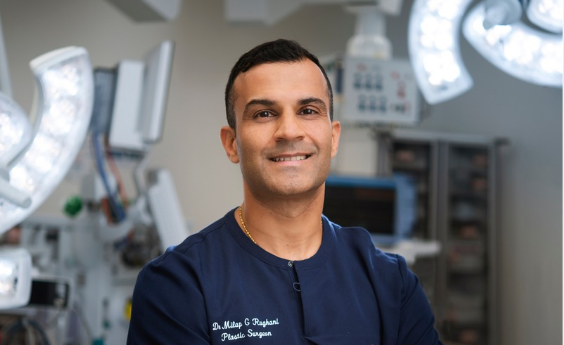Procedures
Chest Surgery
- About Your Specialist Plastic Surgeon
- Cosmetic
- Non-surgical Procedures
- Plastic Surgery Glossary
- Questions for Your Surgeon
- Reconstructive
- Surgical Procedures
- Abdominoplasty (cosmetic)
- Abdominoplasty (muscle repair postpartum)
- Arm Lift
- Body Contouring
- Body Lift
- Breast Asymmetry Correction
- Breast Augmentation (implants)
- Breast Implants with Lift
- Breast Lift
- Breast Reconstruction
- Breast Reduction
- Brow Lift
- Burns and Scarring
- Chest Surgery
- Chin Surgery
- Cleft Lip & Palate
- Ear Surgery
- Eyelid Reduction Surgery
- Facelift Surgery
- Facial Implants
- Facial Procedures
- Fat Injection
- Genital Reconfiguration Surgery
- Gluteal Augmentation or Buttocks Lift
- Gynaecomastia (male breast reduction)
- Hair Replacement Surgery
- Hand Surgery
- Labiaplasty
- Liposuction
- Lymphoedema Surgery
- Nipple Enhancement for Inverted Nipples
- Nose Surgery
- Scar Revision
- Skin Cancer
- Thigh Lift
- Tissue Expansion
- Voice Surgery
Chest Surgery
Below are the surgical options for transgender patients. Typically a team from multiple specialties will perform these surgeries. They could include: plastic surgeons, urologists, ear nose and throat surgeons and gynaecological surgeons. The goal is to affirm the physical appearance and functional abilities of the gender that they identify as. Not all transgender people will undergo surgical intervention and pathways for gender affirmation differ widely, depending on the individual, their goals, their health and their needs.
Note: Gender affirming surgeries are not specifically identified within the current Medicare Benefits Schedule, some may be an option for a Medicare rebate but this is often unclear. Gender affirming surgeries are often also restricted in the state-based public hospital services of Australia. ASPS are active participants in the Australian Collaborative on Access to Gender Affirming Medical Services (ACA-GAMS). The purpose of the Collaborative is to work towards improving access to gender affirming surgeries and health related services. Read the latest update on the MSAC application; Access to Surgical Procedures for Gender Affirming Surgeries here.
Any surgical or invasive procedure carries risks.
- Feminising chest surgery, by any method, including but not limited to, insertion of prostheses, autologous fat graft or local flaps
- Masculinising chest surgery without surgical repositioning of the nipple areolar complex
- Masculinising chest surgery with surgical repositioning of the nipple areolar complex
Feminising chest surgery is surgery to achieve a more feminine looking appearance through a surgical procedure that uses saline or silicone implants to augment the size and shape of the breasts.
Feminising chest surgery requires informed decision making to ensure the result meets the desired outcome. There are a variety of techniques to perform the surgery including a variety of sizes and shapes of breast implants and a more subtle technique: autologous fat grafting.
Masculinising chest reconstruction surgery, also known as “top surgery,” is a surgical option for transgender people who want to reduce or remove their breasts, to achieve a more masculine chest.
There are a variety of surgical techniques. These include the most common double incision procedure, as well as minimal scar techniques such as the keyhole or periareolar incision, as well as different skin excision procedures and procedures which may preserve the nerve supply to the nipples, such as the inverted T or the buttonhole technique. A thorough discussion with a surgeon who is comfortable with performing all of the available methods is the best way to match your desires, priorities and anatomy with the best procedure for you.
The nipple areolar complex may be surgically re-positioned during mastectomy to achieve a natural appearing masculine chest. A thorough discussion with your surgeon on your desired outcome is essential.
This website is intended to provide you with general information only. This information is not a substitute for advice from your Specialist Plastic Surgeon and does not contain all the known facts about this procedure or every possible side effect of surgery. It is important that you speak to your surgeon before deciding to undergo surgery. If you are not sure about the benefits, risks and limitations of treatment, or anything else relating to your procedure, ask your surgeon to explain.
Featured Stories

ASPS welcomes new Ahpra guidelines for Non-Surgical Cosmetic Practitioners
Sydney. June 3, 2025: The Australian Society of Plastic Surgeons…
Continue reading
